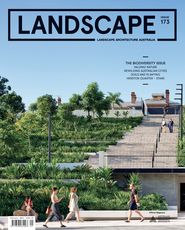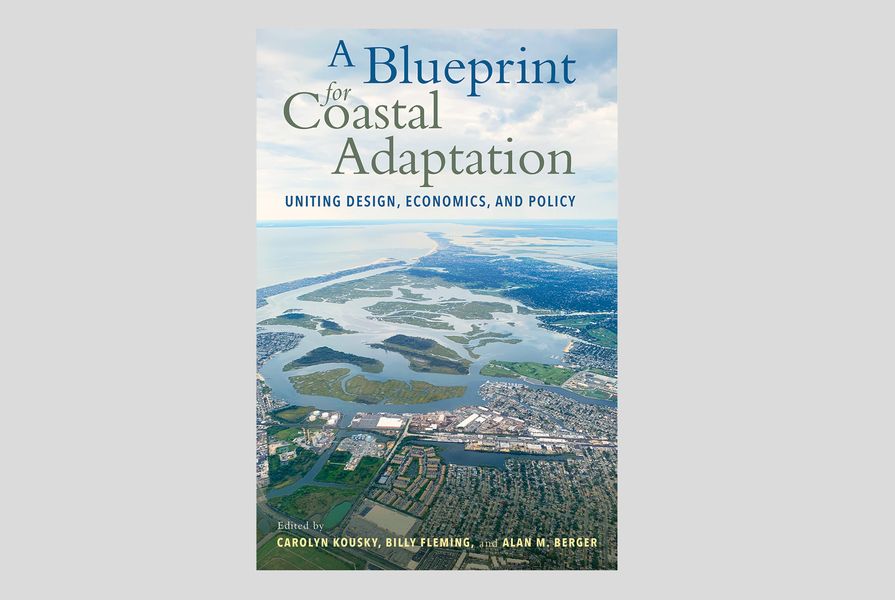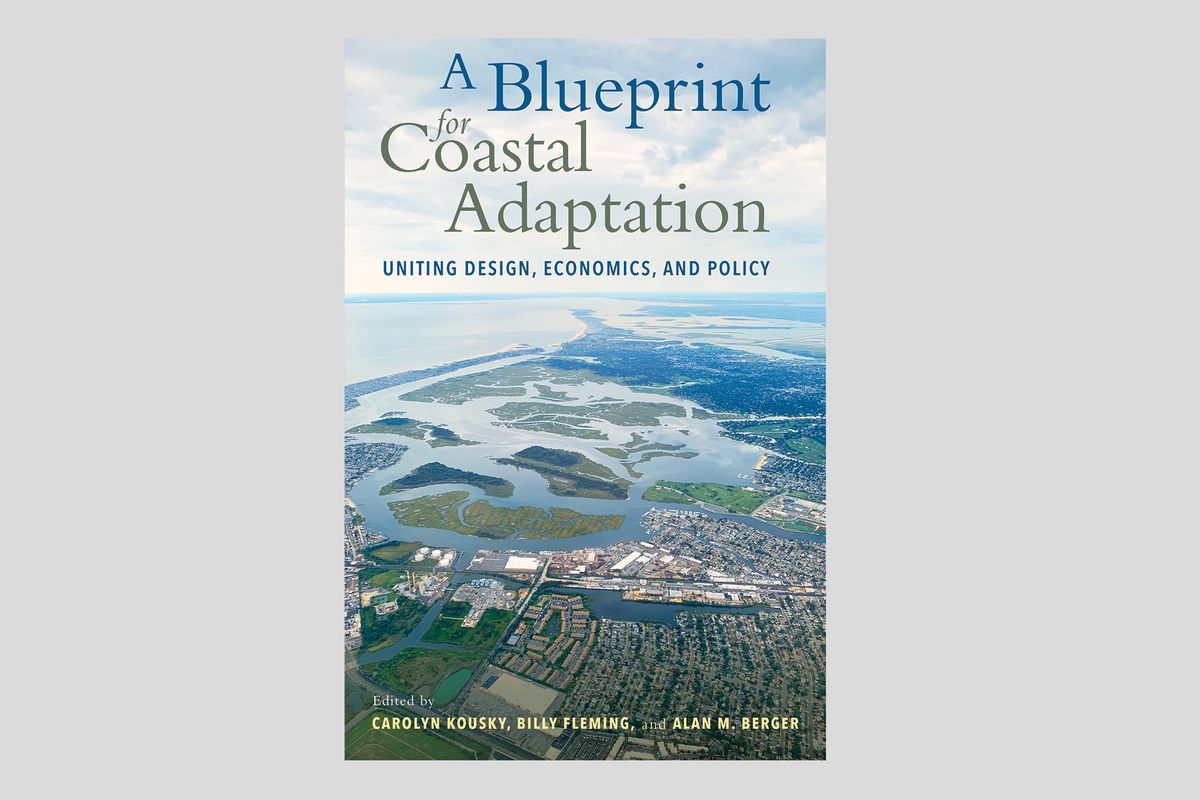In August 2021, the Intergovernmental Panel on Climate Change delivered its sixth report, warning us of the future we face based on the current climate trajectory. This warning is not new. For decades, scientists have repeatedly stated that carbon emissions need to be drastically reduced to avoid dire consequences for all forms of life on the planet. The evidence was already all around us: Australia’s “Black Summer” (2019–2020) of unprecedented bushfires occurred while floods immersed the Florida Keys in the United States. This was followed soon after by the COVID-19 pandemic (declared March 2020). These events, which cannot be separated, should sound the alarm regarding the health and wellbeing of people and the planet.
The projections for rising global temperatures describe an increased frequency and intensity of droughts, heatwaves and floods affecting the environmental systems that sustain life on the planet. Even with ambitious cuts to global emissions, sea levels are expected to rise between 28 and 55 centimetres by 2100. In Australia, where more than 85 percent of the population lives within 50 kilometres of the coastline, rising sea levels pose a major threat to humans, the built environment and biodiversity.
A Blueprint for Coastal Adaptation: Uniting Design, Economics, and Policy brings together a range of experts from diverse disciplines including architecture, economics, landscape architecture, law, planning, public policy and urban design to share insights into the institutional, policy and physical changes required to respond to coastal change, strategies of retreat and the transformation of land use along the coastline. The editors argue that coastal settlements need to be reconsidered in a thoughtful and deliberate manner: “adaptation, when done carefully and when supported by all stakeholders, can offer protection and revitalise our coastal economies, reconnect cities with nature, and establish equitable and just economies.”
The book is structured in two parts: “Designing for equitable resilience” and “Adapting public policy and finance.” Through this framework, it embraces a careful retreat strategy involving the adaptation and mitigation of coastlines in response to climate change and sea level rise, and explores the associated issues that require design approaches. It does not argue for the fortification of coastlines to keep the water out, but instead describes how the adaptation of coastlines might occur.
Here, a future-focused practice is described as one that is transdisciplinary, inclusive and broad in scope and impact. The editors argue not for far-fetched responses but for creative and innovative collaborations that retool our approaches to include budget distributions, project lifecycles and lifespans, and policy adjustments that are not undertaken in isolation but in concert with each other. In their chapter, Fadi Masoud and David Vega-Barachowitz argue for the transformation of fixed zoning overlays to a “flux zoning” system that has the ability to respond and adapt to environmental and societal changes. An example of flux zoning, which is driven by landscape-oriented systems and characteristics, is demonstrated in the chapter by Catherine Seavitt Nordenson, Rennie Jones, Paul Lewis and Guy Nordenson, which looks at an adaptation strategy for Jamaica Bay in New York City. The strategy designates the coastline as a tiered condition for a diverse set of responses to inundation, including surge barriers, tidal berms and floodways. This allows for a “managed and gradual” transformation of the “coastal buffer” that would result in a complete retreat of communities located in these zones, which would be transformed into wetlands that would “absorb, mitigate and dissipate” the impact of future flooding events.
Focused on the American context, this book could be read as a manual for interdisciplinary teams approaching landscapes for adaptation, and for how these collectives in Western bureaucratic systems might undertake the task of transforming coastlines, protecting lives and enabling the migration of ecosystems through a just transition of these landscapes. Arguing for the pre-emptive transformation of coastlines before a disaster occurs, it suggests that project timelines be reconsidered to allow for continual maintenance and adaptation, and takes into account the abandoned properties that will result from coastal retreat, how the necessary clean-up could be enacted and who might pay for it. This enables a much more responsive and curatorial approach, highlighting the scope for action, and the scales and perspectives needed to transform vulnerable areas.
The book maintains that lawmakers, government departments, insurers, and private and public entities need to act as a collective for a just transformation and adaptation. Beyond the intricate instructions from different disciplinary perspectives lies an ambitious plan that is not geared toward fearmongering about impending climate emergencies or the prioritization of neoliberal agendas. Instead, the publication aims to mitigate the inequities that are amplified in global emergency scenarios. It offers insight into how to navigate the institutions and entities involved in coastal adaptation, while providing an alternative design strategy for infrastructural, landscape and urban adaptation. It acknowledges the work of landscape adaptation as a collaborative endeavour, and insight into the scope for action and the thinking required to transform vulnerable coastline areas.
A Blueprint for Coastal Adaptation: Uniting Design, Economics, and Policy. Edited by Carolyn Kousky, Billy Fleming and Alan M. Berger. Island Press, 2021.
Source

Review
Published online: 29 Mar 2022
Words:
Rosalea Monacella
Issue
Landscape Architecture Australia, February 2022












